To all our friends in the United Kingdom and The Commonwealth, Sandy and I would like to express our sadness over the passing of your Queen. She was a great lady and left quite a legacy. The best words we can use to describe her are “strength” and “dignity.” We don’t know anyone in America who would say otherwise.
For those of you who read our recent blog, Blonde Poison (click here to read the blog), you may remember the last image I inserted. It was a picture of a group of men known as the “Ritchie Boys.” One of the men was an author I profiled in the recommended reading section of the blog. Well, one of our readers contacted me with some interesting comments regarding the Ritchie Boys and I thought, “This might make a good blog topic.” So, here you have it.
Did You Know?
Did you know that not all German citizens supported Hitler and the Nazis? While they were in the vast minority, many of them became active resisters. A Berlin couple, Max and Malwine Schindler (1890−1948 and 1887−1973, respectively and no relation to Oscar Schindler), formed an underground network in Berlin disguised as an English-language tutoring service. The purpose of the network was to get Jewish families and political dissidents out of Nazi Germany. The amazing part of the story is that it wasn’t discovered until 2019 when letters and photographs were found in a gardening shed in Australia. Under the cover as English language tutors and coaches, Max and other members visited Jewish families in their apartments. They established ties to liberal British organizations that could provide people to guarantee financial support to the refugees thus allowing the Jews and others to escape to England. These activities occurred during the 1930s as well as after the Nazis began to forcibly remove Jews from Berlin beginning in 1941. At that point, it was impossible to send people to England, so the Schindlers began to hide Jews in their large apartment at Pariser Straße 54.
Despite the testimonies of seven people after the war, the anti-Nazi activities of the Schindlers’ and others like them were quickly forgotten. It was only when the daughter of a former conversation coach who worked with the Schindlers found the cache of letters that documented Max and Malwine’s efforts.
Malwine is buried in an unmarked grave in the Wilmersdorf cemetery while Max’s final resting place is unknown. These are clearly two people who should have been recognized by Vad Yashem as “The Righteous Among the Nations.”
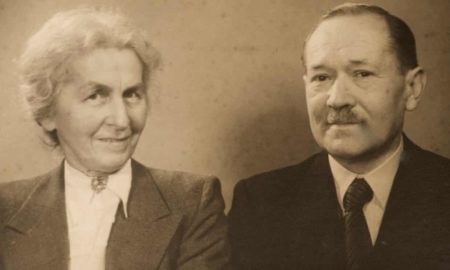
Camp Ritchie
Somewhere nestled in the Blue Ridge mountains in Maryland is the former army post known as Fort Ritchie. Closed in 1998, the post once held German and Italian POWs between 1942 and 1945. However, it is now widely recognized as the top-secret location for the Military Intelligence Training Center (MITC) that was activated on 19 June 1942. The mission of the MITC was to train servicemen in espionage, counterintelligence, and frontline interrogation. It became America’s first centralized school for intelligence and psychological warfare. The MITC was nicknamed “Camp Ritchie” and almost twenty thousand men were recruited and trained at Camp Ritchie during the three years of its wartime existence. (About two hundred women were recruited.) They became known as the “Ritchie Boys.”
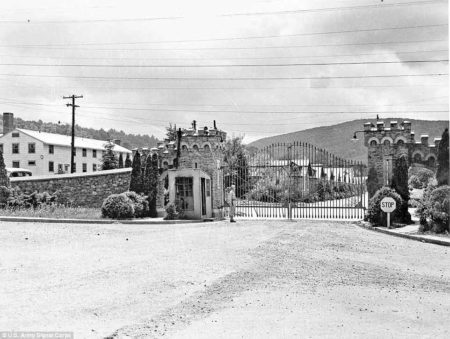
The Ritchie Boys
Included within this group was a sub-set of about two thousand recruits who were predominately Jewish men who fled their homes in Germany because of Nazi persecution in the 1930s. At this time, the United States military refused to take foreign-born volunteers. However, within several months of forming the MITC, this attitude changed, and the German-born refugees were accepted. Many of them wanted revenge on Hitler and the Nazi regime under which most of their families perished.
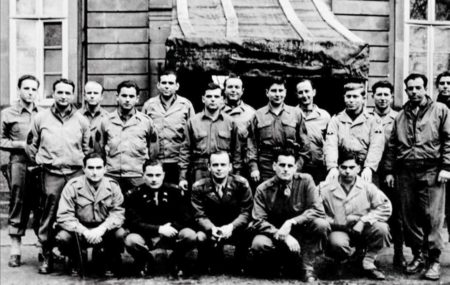
Recruits were chosen for their language skills (most could speak at least four or five languages), their knowledge of European culture (especially German), and their high I.Q.s. The recruits were put through an eight-week training program that included close combat training.
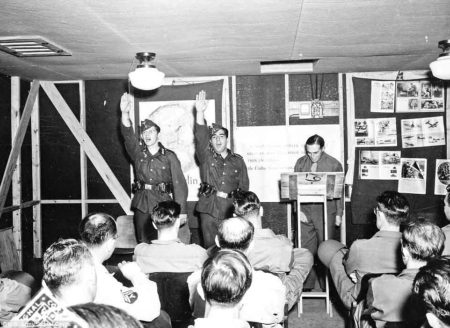
Senior army officers recognized that valuable “real time” information could be obtained with battlefield intelligence gathering. This included interrogating civilians and captured enemy soldiers. By the end of the war, it was estimated that more than sixty percent of all actionable combat intelligence came from the Ritchie Boys. It was also determined that the outcome of every successful battle in the European Theater (after D-Day) was due to intelligence gathered by agents of the MITC.
Training
It was determined that the success of the agents would be determined by comprehensive training in interrogation techniques, an agent’s knowledge of languages, and their knowledge of German psychology and culture. Recruits were also trained in terrain analysis, photo analysis, aerial reconnaissance, and counterintelligence techniques.
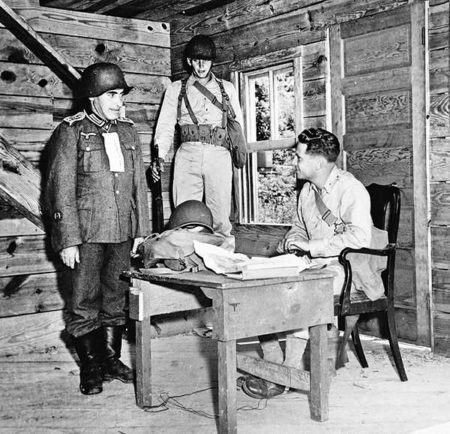
Physical training included how to kill a man with your bare hands or a stick. The recruits went up against realistic scenarios. German POWs were presented for the recruits to practice their interrogation techniques. Recruits practiced street fighting in replicas of German villages against U.S. soldiers dressed in German uniforms.
It was quite a lot of subjects to pack into an eight-week training program. After the war, former Ritchie Boys concurred that the most important reason for the success of their interrogations was knowing the enemy’s culture and psychology.
The Battlefield
Once they graduated, the men were ready to be deployed in Europe to begin their missions. (Most of their work was accomplished after the successful landings on D-Day.) The Jewish agents requested new dog tags before they were sent. Their tags were stamped with an “H” which identified them as Hebrew. (Protestants were marked with a “P.”) They asked to have it removed. The men knew what would happen to them if caught by the Germans and identified as Jewish.
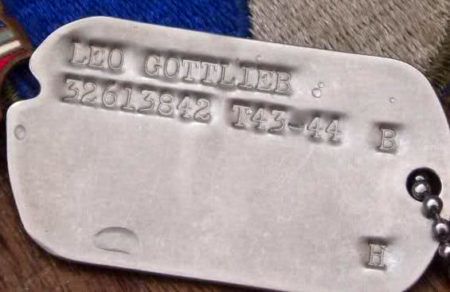
Many of the men participated in the Normandy beach landings on D-Day. They were divided into six-man teams and attached to different Army units. After 6 June, the Ritchie Boys participated in every major battle. They collected tactical information while interrogating civilians and prisoners. The information included key strategic information on enemy strength, troop movements, and defensive positions. The Ritchie Boys also drove trucks with loudspeakers into the front lines and tried to convince the German soldiers to surrender. Some of them flew in airplanes dropping leaflets behind enemy lines. One leaflet signed by Gen. Eisenhower was very effective according to Guy Stern. Intelligence gathering by the Ritchie Boys alerted senior command about the German December 1944 offensive known as “The Bulge.”
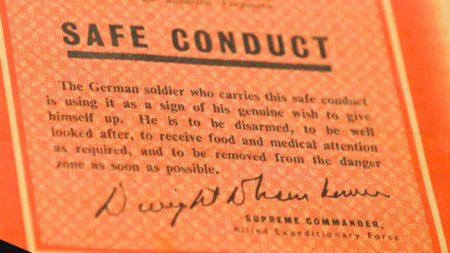
During the war, one hundred forty Ritchie Boys lost their lives. Two of them, Kurt Jacobs and Murray Zappler, were captured during the Battle of the Bulge. Luftwaffe Hauptmann Curt Bruns had them murdered because they were Jews. Bruns was executed as a war criminal for giving the orders to shoot the two Allied soldiers. Bruns was one of only two convicted Nazi war criminals to have been executed by firing squad rather than hanging.
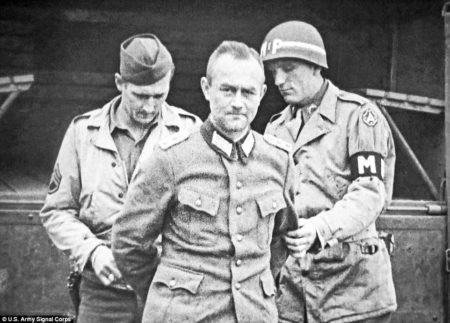
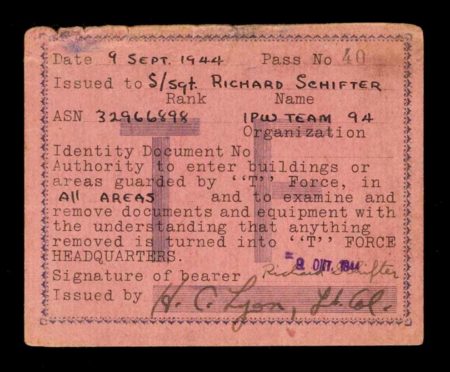
The Ritchie Boys helped liberate Paris. They crossed into Germany where they saw the horrors of the concentration camps and the men were instrumental in tracking down evidence that would later be used in the Nuremberg Trials. (Dozens of Ritchie Boys worked at the trials as prosecutors, interrogators, and translators.) They also participated in the interrogation of Nazi criminals including the former senior Nazi leaders tried at Nuremberg. Later, some of the Ritchie Boys were chosen to participate in the Allied policy of denazification. As they interrogated Nazi war criminals, soldiers, and German citizens, a common theme emerged. The interrogators found that no one admitted to having ever been a Nazi. Everyone was “forced” into supporting Hitler and the Nazi regime. Additionally, not one Nazi officer or soldier the men interviewed ever expressed moral responsibility to the horrific crimes perpetrated by Hitler and his enablers.
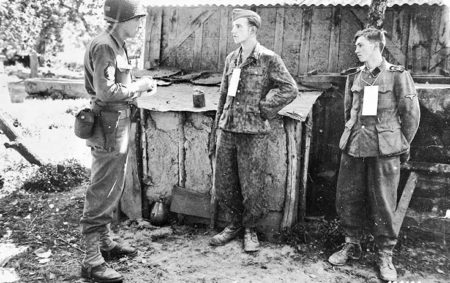
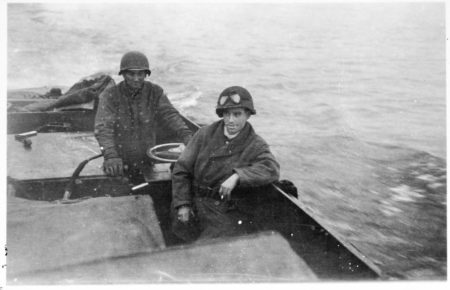
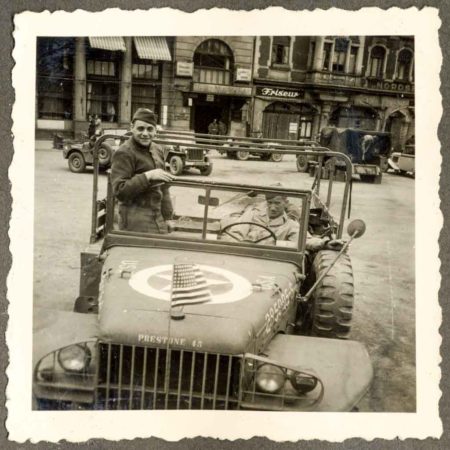
Postwar
Once the Germans surrendered and the war in Europe had been won, Camp Ritchie evolved into another top-secret project known as “The Hill Project.” German POWs worked alongside the Americans to conduct research for improving intelligence techniques. Most of these POWs were former high-ranking Wehrmacht officers. By March 1946, about 1,500 POWs were working at Camp Ritchie. But that’s a story for another day. After the war, more than 250 former Ritchie Boys continued their careers in the intelligence field as professional spies.
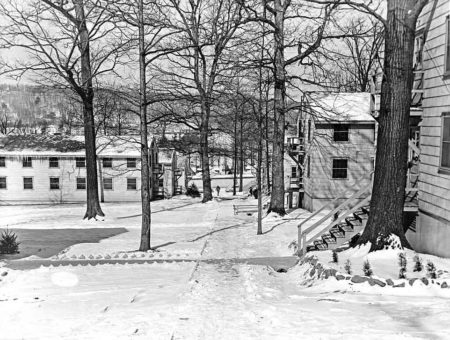
Famous Ritchie Boys
Some of the famous Ritchie Boys included David Rockefeller (banker), J.D. Salinger (author), Frank Church (former senator), John Chafee (former governor of Rhode Island), John Kluge (media baron and once the richest man in America), George Mandler (distinguished psychologist), Robert Rodenberg (founder of the NFL football team, the Baltimore Colts), and Archibald Roosevelt (Teddy’s grandson).
There are only a few former Ritchie Boys remaining. Guy Stern, 100, admits the most formative experience of his life was his service in the military. Stern came from the town of Hildesheim, Germany. By 1937, as violence against the Jews was escalating, Guy’s father tried to get the family out of Germany. He only had the means to send one child⏤Guy, the eldest son. Guy never saw his grandparents, parents, or siblings again. After Pearl Harbor, Guy enlisted in the army. It was personal. After the war, Guy became a university professor.
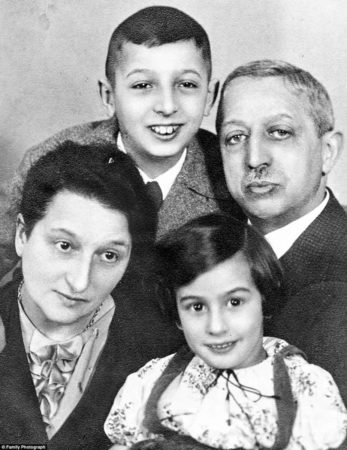
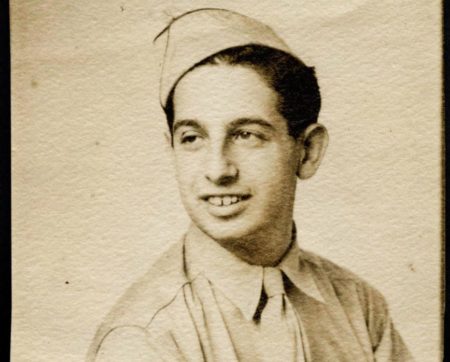
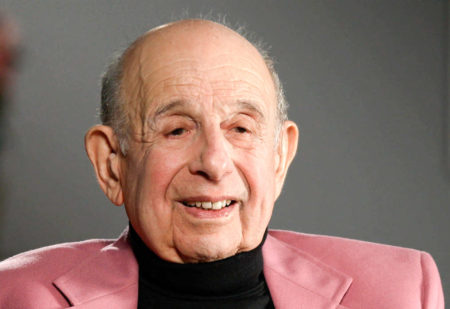
Paul Fairbrook, age 98, had a similar story. His family was able to leave Germany in 1933 when Paul was ten. He enlisted to get revenge. His aunts, uncles, and cousins who remained in Germany did not survive. Paul acknowledges that the key to being a great interrogator during the war was his knowledge of German psychology and culture. He points out that a recruit can learn to shoot in six-months, but they can’t become fluent in German in the same amount of time. Paul is the former dean of the Culinary Institute of America.
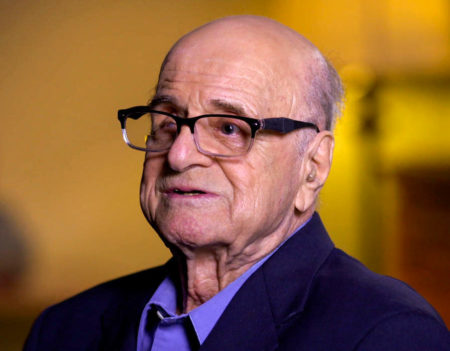
Victor Brombert, age 98, was born in Berlin to a pacifist Russian Jewish family. After Hitler came to power in 1933, Victor and his family fled Germany to France and then America. Like the others, Victor enlisted to fight the Nazis. He was recruited as a Ritchie Boy once the army learned he was fluent in four languages. Victor was with the first American armored division to land on Omaha Beach. He said, “I never calculated that there is such a thing as terror, fear.” Victor is a former professor of romantic languages and literature at Yale and Princeton.
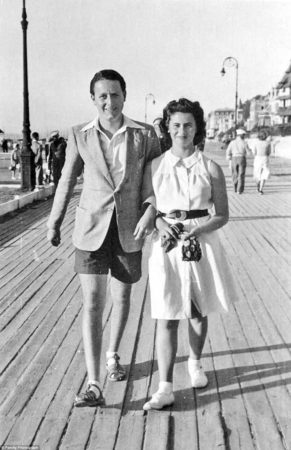
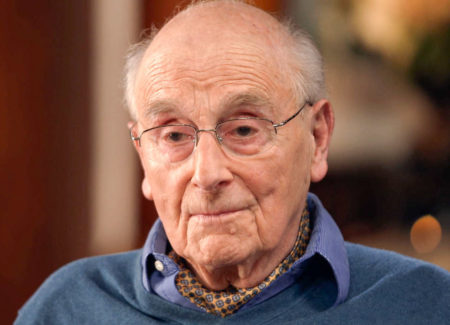
Martin Selling (c. 1919−?) was twenty-years-old when he and his uncle were arrested in Lehrberg on the night of Kristallnacht. Although his uncle was released, Martin was sent to KZ Dachau. Believing he was going to end up in the crematorium, Martin survived and was finally released. Reaching a refugee camp in England, Martin made his way to New York where his uncle and twin brother had settled after escaping from Germany. Martin enlisted shortly after Pearl Harbor and became a Ritchie Boy. His specialty was interrogating Soviet soldiers. Martin said, “The best interrogations were not about collecting intelligence so as to kill the enemy. They were about saving lives.”
Final Comment
Many of us are aware of Wild Bill Donovan’s wartime unit, the Office of Strategic Strategy (OSS). It was the forerunner to the Central Intelligence Agency (CIA). However, Camp Ritchie and the Ritchie Boys are relatively unknown because it wasn’t until the 1990s that information regarding Camp Ritchie became declassified.
Members of the Ritchie Boys were awarded more than sixty-five Silver Star medals, numerous Bronze Stars, five French Legion of Honor awards, and many Croix de Guerre. Recently, the United States Congress passed a bill honoring the Ritchie Boys and the significant contributions they made to the war effort.
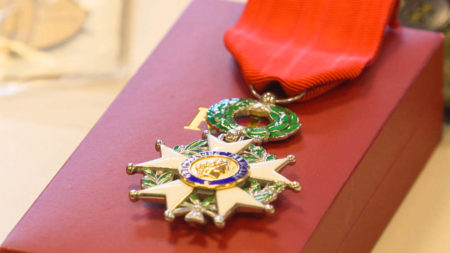
★ Learn More About Camp Ritchie and the Ritchie Boys ★
Brombert, Victor. Trains of Thought: Paris to Omaha Beach, Memories of a Wartime Youth. New York: Anchor Books, 2004. Original publication by W.W. Norton & Company, 2002.
Eddy, Beverley Driver. Ritchie Boy Secrets: How a Force of Immigrants and Refugees Helped Win World War II. Lanham, MD: Stackpole Books, 2021.
Henderson, Bruce. Sons and Soldiers: The Untold Story of the Jews Who Escaped the Nazis and Returned with the U.S. Army to Fight Hitler. New York: William Morrow Paperbacks, 2018.
Lang-Slattery, K. Immigrant Soldier: The Story of a Ritchie Boy. Laguna Beach: Pacific Bookworks, 2017.
Selling, Martin I. With Rancor and Compassion: The Memoirs of a Jew Who Thought He Was a German. New York: Vantage Press, 2003.
Stern, Guy. Invisible Ink. Detroit: Wayne State University Press, 2020.
The Ritchie History Museum. Click here to visit the museum web-site.
Click here to visit the Ritchie Boys web-site.
Disclaimer:
There may be a chance that after we publish this particular blog, the video links associated with the blog are no longer accessible. We have no control over this. Many times, whoever posts the video has done so without the consent of the video’s owner. In some cases, it is likely that the content is deemed unsuitable by YouTube. We apologize if you have tried to access the link and you don’t get the expected results. Same goes for internet links.
What’s New With Sandy and Stew?
We have been invited to join a relatively new internet site called www.shepherd.com. Ben Fox started the business about a year ago and it is essentially a competitor to Goodreads. He is a serial entrepreneur and a prolific reader who thought Goodreads was too difficult to navigate and find a good book. So, he created Shepherd and has built it up into a very impressive presence. (I wish we had the readership numbers that Shepherd has posted.)
Anyway, we are promoting our new book, Where Did They Put the Gestapo Headquarters? and providing brief reviews of some books I have used for my research efforts (for the blogs and books). I expect us to be featured on the site around the first of October.
I hope you will check out Shepherd the next time you’re looking for a good book to read. I like his business model and we are looking forward to establishing a long-term relationship with Shepherd. You never know but over time, Shepherd may turn out to be a viable competitor to Amazon.
Thank you to all of you who subscribe to our bi-weekly blogs. It seems there isn’t a day that goes by where we don’t increase our readership. Please let your history buff friends and family members know about our blog site and blogs.
Someone Is Commenting On Our Blogs
I’d like to thank Roger R. for his comments about the Ritchie Boys. He identified the group as more of an intelligence gathering organization than one providing propaganda.
If there is a topic you’d like to see a blog written about, please don’t hesitate to contact me. I love hearing from you so keep those comments coming.
Share This:
Follow Stew:
Find Stew’s books on Amazon and Apple Books.
Please note that we do not and will not take compensation from individuals or companies mentioned or promoted in the blogs.
 Walks Through History
Walks Through History
Copyright © 2022 Stew Ross

